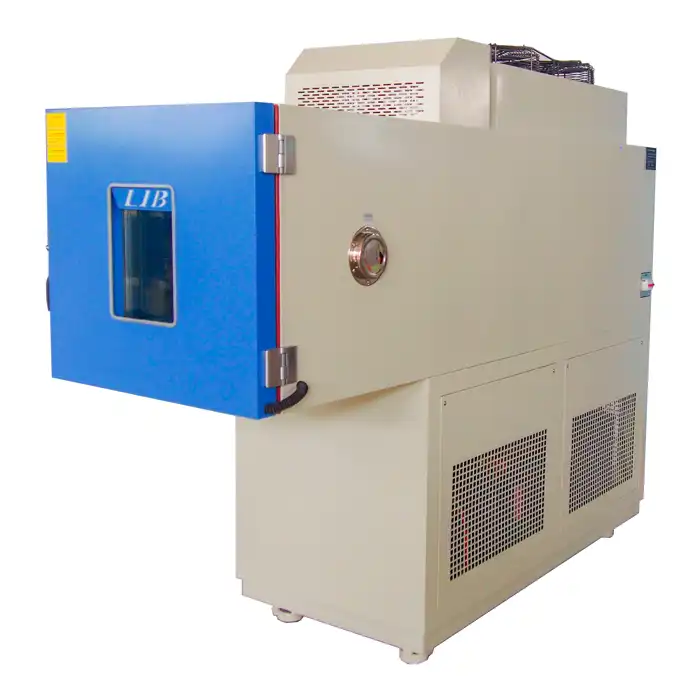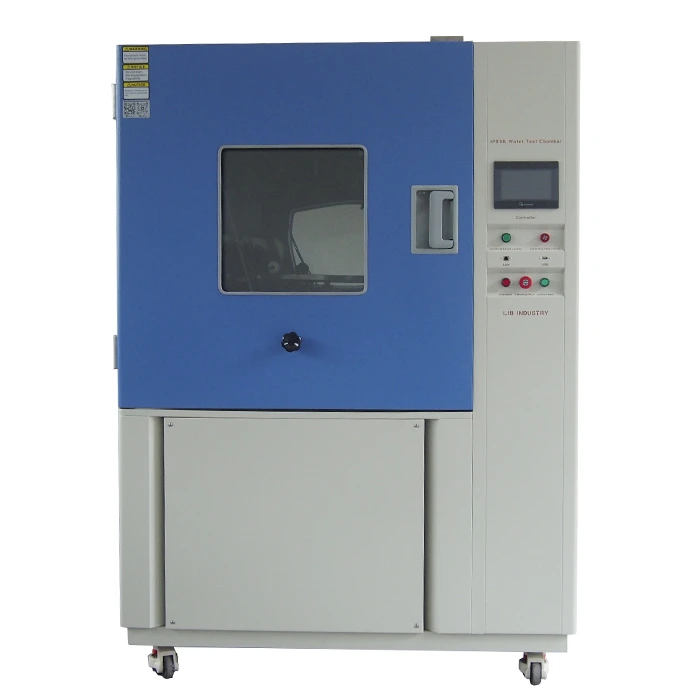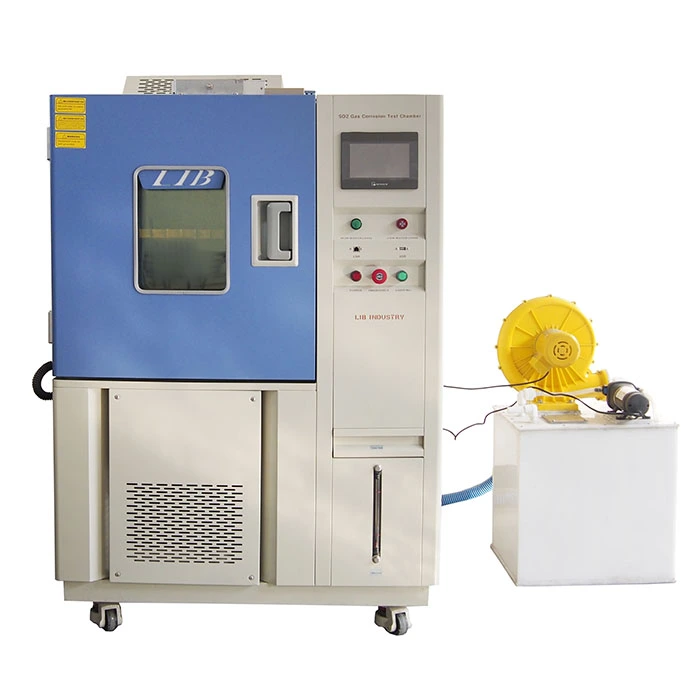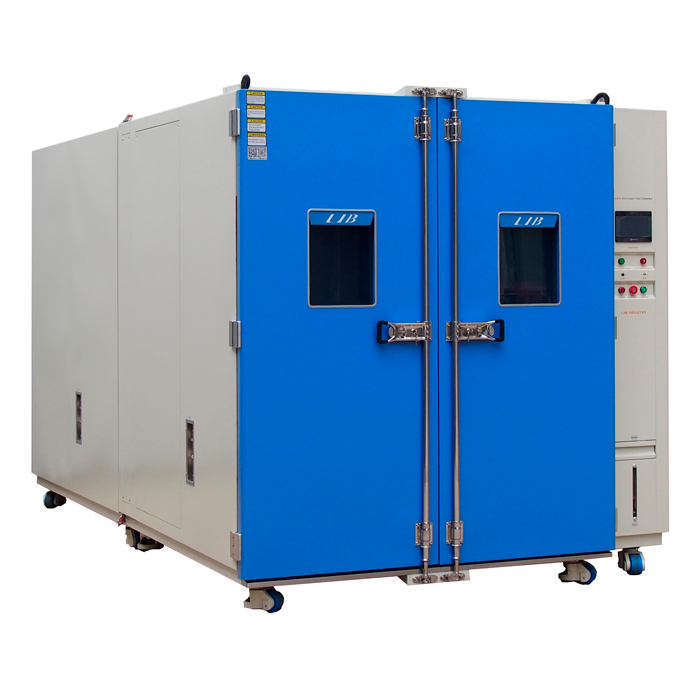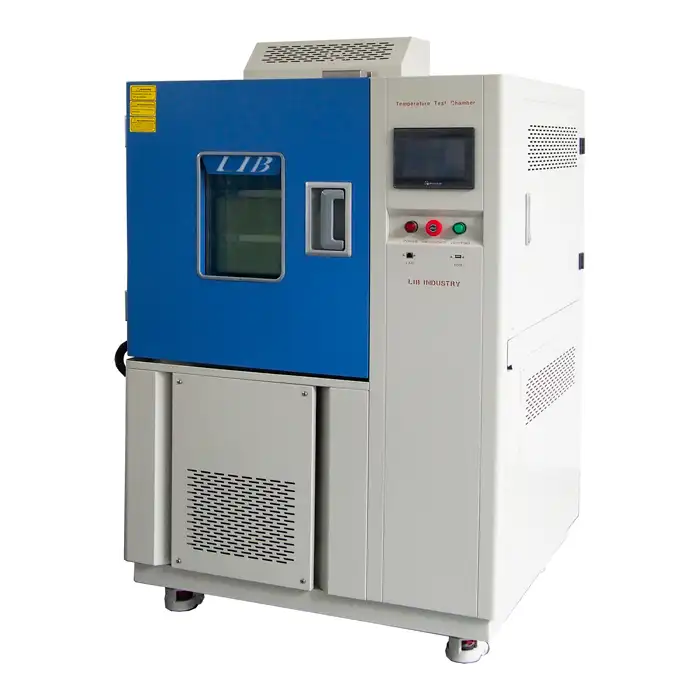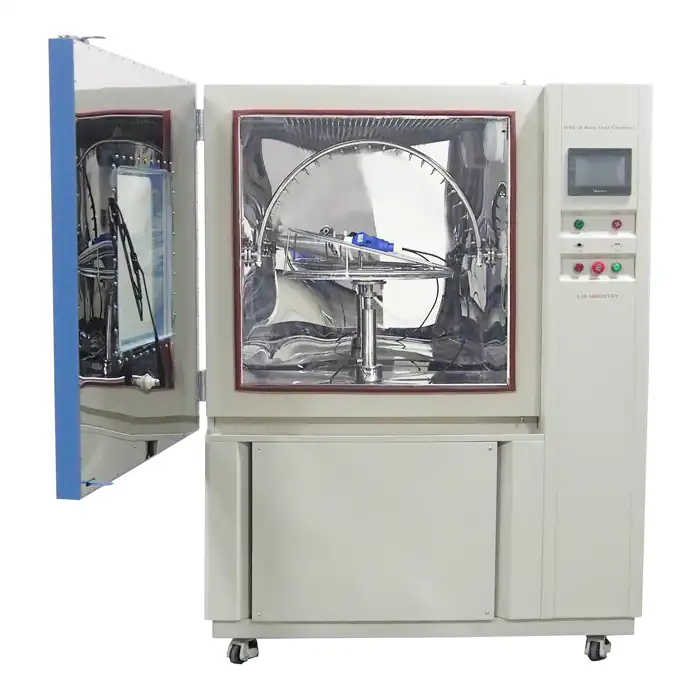Troubleshooting Corrosion Test Equipment: Common Issues and Solutions
Corrosion test equipment plays a vital role in evaluating material durability under harsh environmental conditions. However, like any precision testing device, it can experience performance issues that compromise accuracy and reliability. Understanding the most common problems and their solutions can help manufacturers maintain optimal functionality. This guide explores key troubleshooting strategies for ensuring consistent and dependable test results.
Addressing Calibration Drift and Sensor Degradation in Corrosion Test Equipment
To prevent calibration drift, regular verification against certified reference standards is essential. Automated calibration systems can help maintain accuracy, but periodic manual checks are still necessary to detect anomalies. Sensor degradation often occurs due to chemical exposure, leading to surface contamination or internal wear. Replacing sensors at manufacturer-recommended intervals and using corrosion-resistant materials can extend their lifespan.
A practical approach to diagnosing sensor degradation includes comparing chamber readings with external calibrated instruments. If discrepancies arise, cleaning or recalibrating the sensors may restore accuracy. For long-term stability, manufacturers should implement a preventive maintenance schedule, ensuring sensors are inspected and replaced proactively before test results become unreliable.
Diagnosing and Rectifying Issues with Temperature, Humidity, and Gas Delivery Systems
Temperature fluctuations in corrosion test equipment may arise from faulty heating elements or poor insulation, while unstable humidity levels typically result from clogged humidifiers or sensor malfunctions. Gas delivery inconsistencies, such as uneven CO₂ or SO₂ distribution, can skew test outcomes.
To diagnose temperature-related issues, monitoring chamber uniformity with thermocouples can help pinpoint hotspots or cold zones. If inconsistencies occur, checking heating element connections and insulation integrity is necessary. For humidity problems, cleaning humidifier components and ensuring water purity prevents mineral buildup and sensor errors. When dealing with gas delivery faults, verifying regulator pressure settings and inspecting for leaks in tubing connections can restore proper operation.
A structured troubleshooting process - starting with system monitoring, followed by component inspection and recalibration - ensures stable test conditions. Routine maintenance, including replacing worn-out parts and verifying system performance, minimizes disruptions and maintains test accuracy.
Troubleshooting Nozzle Blockages, Inconsistent Spray Patterns, and Solution Delivery Problems
Corrosion test equipment rely on precise solution delivery systems to simulate real-world conditions. Nozzle blockages, inconsistent spray patterns, and disrupted solution flow can compromise test uniformity, leading to unreliable results. These issues often stem from particulate buildup, improper nozzle alignment, or pump malfunctions.
To resolve nozzle blockages, flushing the system with deionized water and using fine-mesh filters can prevent debris accumulation. If spray patterns become uneven, adjusting nozzle positioning and ensuring proper air pressure distribution can restore uniformity. When solution delivery slows or stops, inspecting the pump for clogging or mechanical wear is crucial. Regular cleaning and preventive maintenance reduce downtime and ensure consistent exposure conditions for test specimens.
Identifying and Resolving Reference Electrode Instability and Cell Connection Faults
Reference electrodes play a key role in electrochemical corrosion tests, but instability can lead to fluctuating potential readings. Contaminated electrolyte solutions, improper storage, or damaged electrode junctions frequently contribute to these issues. Ensuring fresh electrolyte solutions and proper electrode conditioning, along with maintaining well-calibrated corrosion test equipment, can stabilize readings.
Cell connection faults, including loose wiring or corroded terminals, can disrupt signal transmission. Routine inspection of cable integrity and connection points helps maintain reliable test data. Replacing aging electrodes and using high-quality connectors minimizes interference, reducing the risk of inaccurate corrosion potential measurements.
Pinpointing the Source of Unexpected Results and Ensuring Reliable Data Acquisition
Erratic test data can stem from multiple sources, including environmental fluctuations, software errors, or sample contamination. Identifying inconsistencies requires cross-checking chamber conditions, verifying sensor accuracy, and reviewing data acquisition settings.
Implementing strict calibration protocols and maintaining clean test environments reduces variability. Using redundant measurement systems, such as backup sensors or duplicate sample testing, enhances result reliability. A systematic troubleshooting approach ensures reproducible corrosion assessments and strengthens confidence in test outcomes.
LIB Industry provides comprehensive solutions for corrosion test equipment, including expert support and high-precision equipment. For more information, contact us at ellen@lib-industry.com.
References
1. ASTM G1-03 (2017) - Standard Practice for Preparing, Cleaning, and Evaluating Corrosion Test Specimens.
2. ISO 9227:2017 - Corrosion Tests in Artificial Atmospheres - Salt Spray Tests.
3. ASTM B117-19 - Standard Practice for Operating Salt Spray (Fog) Apparatus.
4. NACE TM0172-2018 - Laboratory Methods for the Evaluation of Protective Coatings and Linings for Corrosion Resistance.



